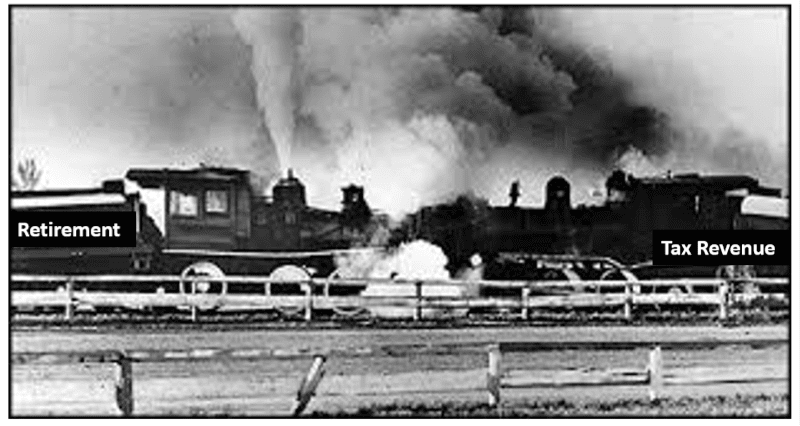Advertisement
Tax Reform Proposal Expected Soon
The House Ways and Means Committee is projected to launch their Tax Reform proposal November 1, 2017 or shortly thereafter. No one knows all the details. One potential detail is a proposal to raise revenue, to increase federal income taxes over the next ten year budget window by limiting 401(k) pre-tax contributions to no more than $2,400 a year.
Where did $2,400 come from? We have been told that $2,400 is the median 401k elective deferral (pre-tax contribution) for calendar year 2012 (excluding those who are eligible but do not contribute).
Thank goodness they used 2012. Had they used 2015 or 2016 data, the amount could have been less because of the significant increase in plans that adopted automatic enrollment – growing to 57.5 percent of surveyed plans in PSCA’s 59th Annual Survey. Because the median default contribution rate is still 3 percent, we add many new participants each year who contribute a modest amount.
Seem arbitrary to you – using the median deferral amount from five years ago to set America’s future retirement policy? Certainly seems arbitrary to me.
Seems dramatically more arbitrary than the $7,000 inside limit on pre-tax contributions added by the Tax Reform Act of 1986. Prior to 1987, individuals could contribute up to the annual addition limit on defined contribution plans. When the Tax Reform Act of 1978 added IRC §401(k) to the tax code, the maximum annual addition (the maximum you could contribute on a pre-tax basis) was $45,475. That maximum remained unchanged through 1981. The Tax Equity and Fiscal Responsibility Act of 1982 reduced that limit to $30,000 and that limit remained in place through 1987. However, as noted above, TRA’86 added an inside limit on pre-tax contributions at $7,000 starting in 1987. Because of indexation based on wages and inflation, that $7,000 limit in 1987 is today’s $18,000 limit. That means $2,400 is an 87 percent reduction compared to the inside limit imposed in 1987!
A day or two ago, EBRI released results of a study showing the impact of a $2,400 cap on pre-tax contributions.
| Salary Range | Average Contribution |
Percent Contributing |
| $10k - $25k | $3,203 | 38% |
| $25k - $50k | $2,700 | 32% |
| $50k - $75k | $4,197 | 60% |
| $75k - $100k | $6,622 | 76% |
| $100k or more | $11,112 | 87% |
Source: Employee Benefits Research Institute, October 23, 2017, 401(k) Employee Contributions Above$2,400, A Possible Rothification Threshold. Accessed 10/26/17 at: https://www.ebri.org/pdf/NewfromEBRI401(k)EmployeeContributionsAbove$2,400.pdf
It shows that more than half of Americans will be impacted by the new, $2,400 limit. So, this change appears to confirm that a majority of middle class American households will be impacted – probably you too!
What we seem to have here is a head-on collision of a short-term, revenue-oriented tax policy with a long-term, defined contribution retirement savings policy.

Or, it perhaps is better stated as retirement savings policy getting run over by tax reform considerations.

Hopefully, if tax reform does happen, and if the new inside limit is approved, Congress will consider other voluntary alternatives that will increase savings in an efficient manner, as well as incorporate reasonable transition rules for plan sponsors to deploy.
We’ll provide an update once we know the details.
